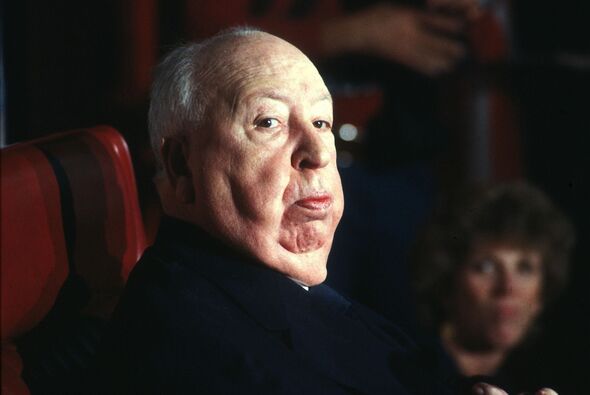Entertainment
Alfred Hitchcock’s Rift with Michael Caine Over Controversial Film

Alfred Hitchcock’s contentious relationship with his actors reached a notable low point with Michael Caine over the film Frenzy. This dispute stemmed from Caine’s ethical objections to the film’s graphic content, which ultimately led to a lasting rift between the celebrated director and the acclaimed actor.
In the early 1970s, Caine was enjoying significant success following hits such as Alfie and The Ipcress File. Hitchcock, aiming to cast him as the lead character, Robert Rusk, in Frenzy, was reportedly insistent on the choice. The film was particularly significant as it marked Hitchcock’s return to filmmaking in England for the first time since Stage Fright in 1950.
Caine, however, was deeply troubled by the script. The film was Hitchcock’s most violent work, featuring multiple nude scenes and exploring themes of sexual violence more overtly than his previous films, including Psycho. Caine later explained, “He offered me the part of a sadist who murdered women and I won’t play that. I have a sort of moral thing and I refused to play it.” He described his discomfort with the film’s subject matter as a key reason for rejecting the role.
The film’s narrative, adapted from the novel Goodbye Piccadilly, Farewell Leicester Square, was inspired by the infamous serial killer Jack the Ripper, who haunted London in the 1880s. Caine’s refusal to participate in a project centered around such dark themes led to Hitchcock ignoring him during their weekly dinners at Chasen’s restaurant in Los Angeles. Caine noted, “I would see him every Friday and he would totally ignore me.”
Despite the conflict, Frenzy was a commercial success, grossing over $12 million against a budget of $2 million. The film received mixed reviews upon release but has since garnered critical acclaim for its bold storytelling and blend of dark humor with grim content. Hitchcock had previously assured audiences that the film would be presented “comedically,” a claim that sparked both intrigue and controversy.
While Caine’s rejection of the role in Frenzy marked the end of any potential collaboration with Hitchcock, he continued to thrive in his career, eventually taking on roles in films that explored similar themes of violence, such as Dressed to Kill and The Hand. Ironically, he participated in projects that examined serial killers and disturbed sexuality, suggesting a nuanced evolution in his approach to controversial material.
In a twist of fate, years later, Caine and his wife, Shakira, attended the Seventh Annual American Film Institute Lifetime Achievement Awards honoring Hitchcock on March 7, 1979, at the Beverly Hilton Hotel. While their interactions during the event remain unreported, the appearance highlighted the complex legacy of their relationship and the impact of their artistic choices.
Ultimately, the rift between Hitchcock and Caine serves as a cautionary tale about the clashes between artistic vision and personal principles in the film industry. As both men navigated their careers, their divergent paths underscored the varied responses to the ethical dilemmas posed by cinematic storytelling.
-

 Science4 weeks ago
Science4 weeks agoALMA Discovers Companion Orbiting Giant Red Star π 1 Gruis
-

 Politics2 months ago
Politics2 months agoSEVENTEEN’s Mingyu Faces Backlash Over Alcohol Incident at Concert
-

 Top Stories2 months ago
Top Stories2 months agoNew ‘Star Trek: Voyager’ Game Demo Released, Players Test Limits
-

 World2 months ago
World2 months agoGlobal Air Forces Ranked by Annual Defense Budgets in 2025
-

 World2 months ago
World2 months agoElectrification Challenges Demand Advanced Multiphysics Modeling
-

 World2 months ago
World2 months agoMass Production of F-35 Fighter Jet Drives Down Costs
-

 Science2 months ago
Science2 months agoTime Crystals Revolutionize Quantum Computing Potential
-

 Business2 months ago
Business2 months agoGold Investment Surge: Top Mutual Funds and ETF Alternatives
-

 Top Stories2 months ago
Top Stories2 months agoDirecTV to Launch AI-Driven Ads with User Likenesses in 2026
-

 Entertainment2 months ago
Entertainment2 months agoFreeport Art Gallery Transforms Waste into Creative Masterpieces
-

 Health2 months ago
Health2 months agoGavin Newsom Critiques Trump’s Health and National Guard Plans
-

 Business2 months ago
Business2 months agoUS Government Denies Coal Lease Bid, Impacting Industry Revival Efforts









